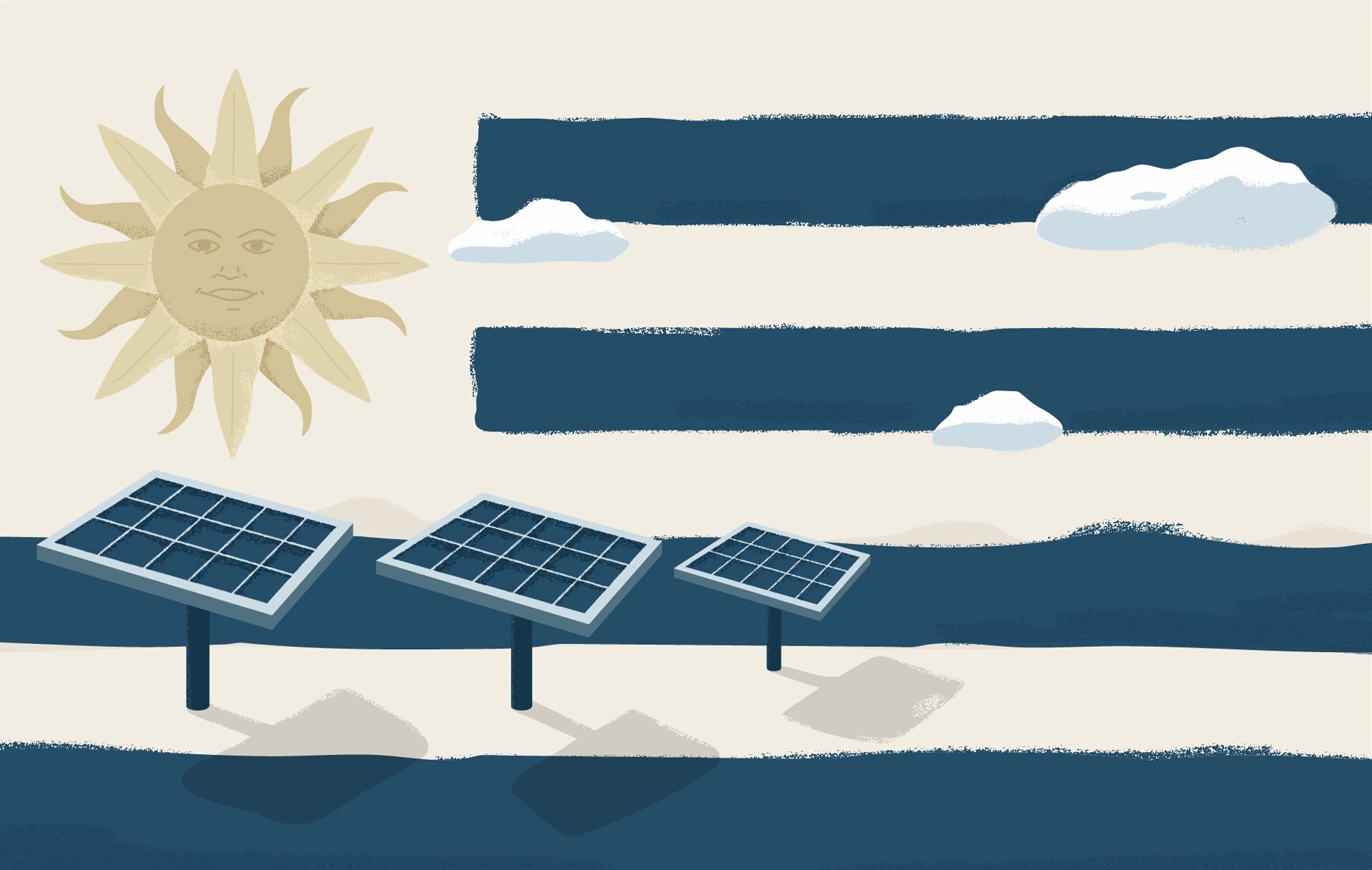“with wind the single-biggest contributor… Power production costs have declined “by almost half” … And the clean energy sector has created 50,000 new jobs… Ask me what was the impact on the electricity sector in Uruguay after this tragic war in Europe — zero.”



https://github.com/electricitymaps/electricitymaps-contrib/blob/master/DATA_SOURCES.md#real-time-electricity-data-sources
They seem to be using publicly available data.
You can see here the source for the Uruguay https://apps.ute.com.uy/SgePublico/ConsPotenciaGeneracionArbolXFuente.aspx
The website’s number of 500g / kilowatt hour is completely wrong.
This is what BC hydro says:
An efficient, low cost electricity system for B.C. More than 90% of BC Hydro’s generation is produced by hydroelectric generation, which is generally the most cost-effective, clean and reliable option. We also continue to investigate alternative sources of energy, such as wind and wave power.
We generate over 43,000 gigawatt hours of electricity annually to supply more than 1.9 million residential, commercial and industrial customers.
Over 80% of BC Hydro’s installed generating capacity is at hydroelectric installations in the Peace and Columbia river basins.
About 87% of electricity in B.C. is produced from hydroelectric sources. B.C. is home to roughly 16 000 MW of hydroelectric capacity, most of which is located on the Columbia River in southeastern B.C. and the Peace River in the northeast. Site C, a new 1 100 MW hydroelectric facility, is currently under construction on the Peace River. The project is expected to be completed in 2025.
The greenhouse gas intensity of B.C.’s electricity grid Footnote 2 measured as the GHGs emitted in the generation of the province’s electric power, was 7.6 grams of CO2e per kilowatt-hour (g of CO2e per kWh) electricity generated in 2020. This is a 70% reduction from the province’s 2005 level of 24 g of CO2e per kWh. The national average in 2020 was 110 g of CO2e per kWh (Figure 8).